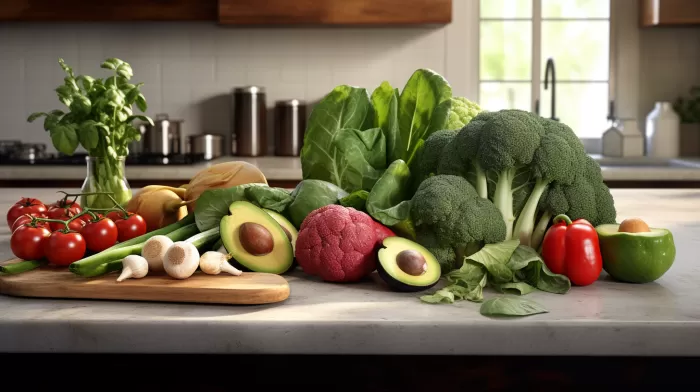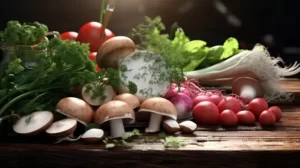Eating a diet filled with healthy choices like vegetables, fish, fruit, and nuts can be more expensive than consuming processed foods, meats, and refined grains. The price difference is around $1.50 more per day, per person. While this doesn’t sound like much, it can add up over time, amounting to approximately $550 per person each year. For low-income families and seniors on fixed incomes, this barrier can be difficult to overcome. However, the cost of eating a healthier diet is minimal compared to the expense of treating diet-related chronic diseases. For example, the yearly cost of treating diabetes is about $1,200 per person, $650 more than the added cost of healthier groceries. It is worth trying to spend a little extra on groceries if it means saving on medical bills.
To make the most of your money and ensure produce does not go bad before being consumed, follow these tips:
Keep lettuce fresh with a paper towel
Lettuce leaves begin to release water once they are harvested, promoting the growth of mold and bacteria. To counteract this, wash your lettuce as soon as you bring it home and dry it with a salad spinner or paper towel. Store the leaves in an airtight container with a dry paper towel, which will absorb moisture. Replace the paper towel whenever it becomes saturated.
Prevent browning of fruit with lemon or lime juice
To stop cut fruit and avocados from turning brown due to oxygen exposure, apply lemon or lime juice. The citric acid in these fruits inactivates the enzymes responsible for browning. While it’s best to cut fruit just before eating, this tip is useful if you only need half an apple or avocado and wish to save the rest.
Store bananas in the refrigerator
Although it might seem counterintuitive, storing bananas in the fridge can keep them fresher for longer periods. The peels might darken more quickly, but the fruit inside will remain good. Also, keep bananas in a bunch and only separate them when you’re ready to eat, as this will reduce spoilage.
Place tomatoes on the top refrigerator shelf
Tomatoes spoil quickly when left at room temperature, and the cooling effect of the fridge can cause their water content to crystallize. However, the top shelf of a refrigerator is usually slightly warmer, making it the ideal storage spot for tomatoes.
Keep potatoes in a brown paper bag
Exposure to light can cause potatoes to turn green, which not only affects their taste but can also be harmful to your health. Storing them in a brown paper bag in a cool environment will keep potatoes safe, but avoid placing them in the fridge as this can change their starch into sugar.
Purchase inexpensive olive oil
Some of the best and heart-healthiest olive oils are actually cheaper brands. Since there are no genetically modified organisms (GMOs) in olive oil, there is no need to spend extra money on an expensive alternative. Just remember to store the oil in a cool, dark place to keep it at its best quality.
Opt for cheap whole-wheat pasta
All types of pasta are made from the same basic ingredients, so there’s no need to splurge on pricier varieties. However, do look for whole-wheat pasta, as it is an excellent source of complex carbohydrates and contains a good amount of fiber. There is currently no GMO version of wheat, so purchasing a more expensive organic labeled pasta is unnecessary.
By following these simple tips, you can ensure the healthy foods you purchase last longer while still maintaining their nutritional value. Keeping costs down and optimizing your budget for a healthier lifestyle can have long-term benefits, such as decreased medical expenses and a better quality of life.



